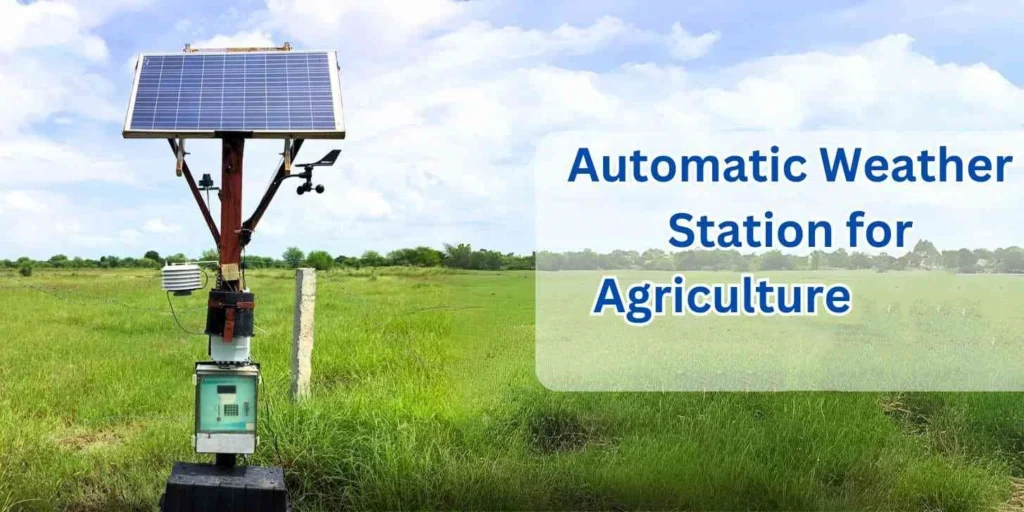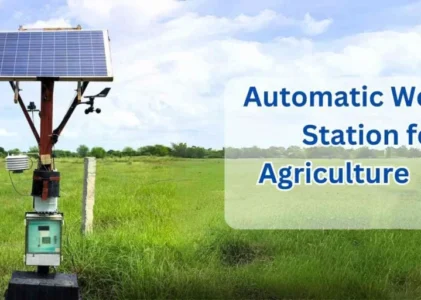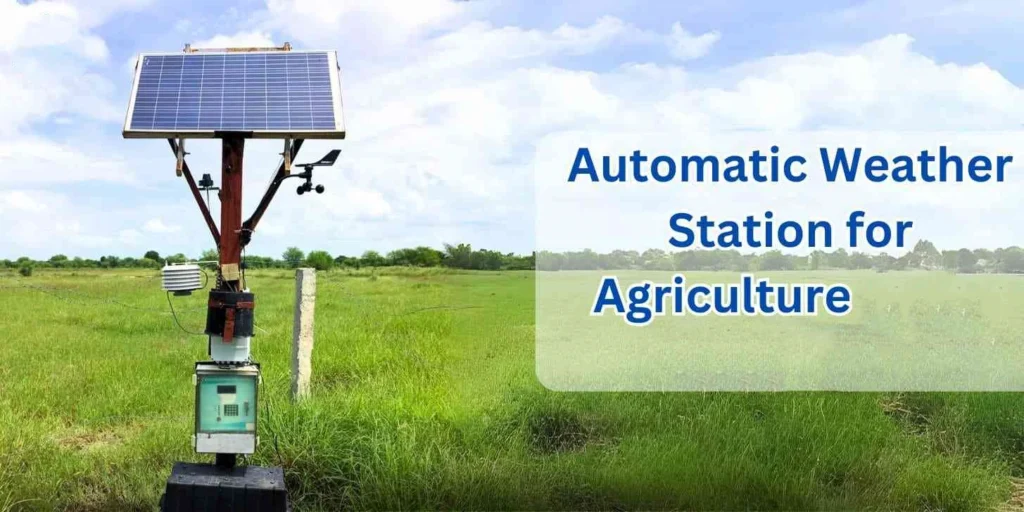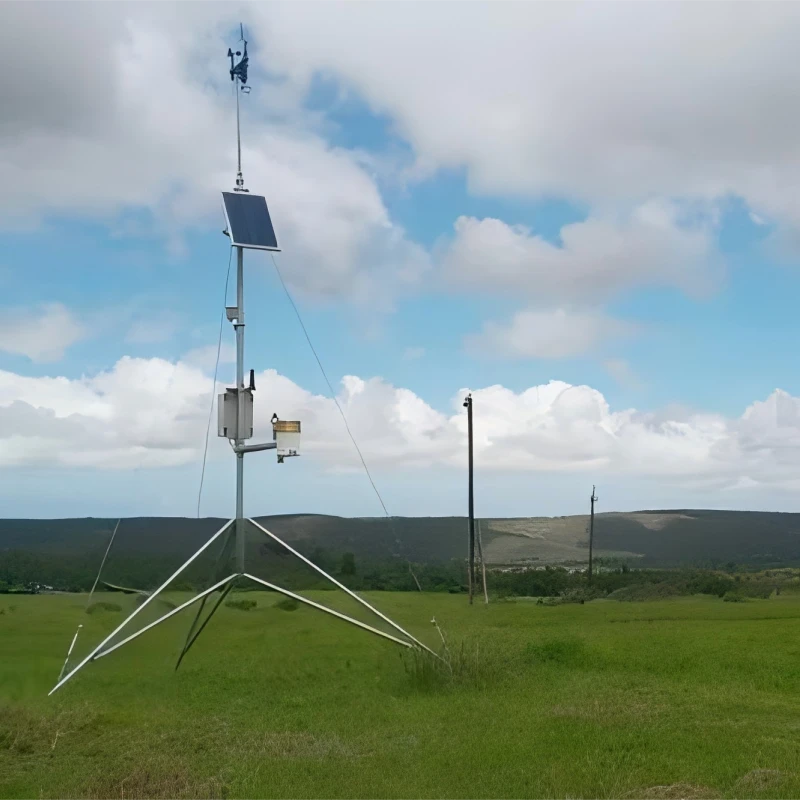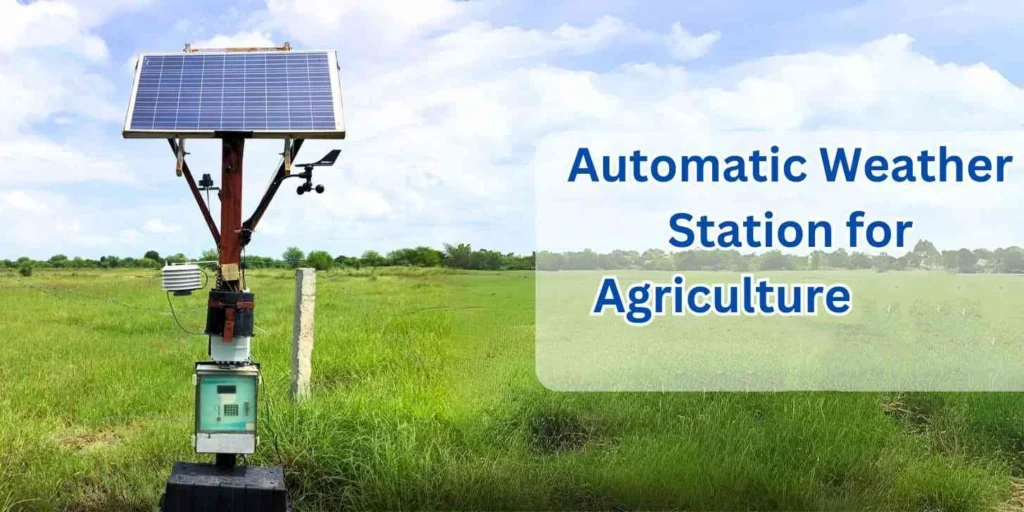
。
# Automated Weather Station: Advancements and Applications in Modern Meteorology
## Introduction to Automated Weather Stations
Automated Weather Stations (AWS) have revolutionized the way we collect and analyze meteorological data. These sophisticated systems are designed to automatically measure various atmospheric parameters, providing accurate and real-time information essential for weather forecasting, climate research, and environmental monitoring.
## Key Components of an Automated Weather Station
An AWS typically consists of several sensors and instruments that measure different weather elements. The primary components include:
– Temperature Sensor: Measures air temperature.
– Humidity Sensor: Records relative humidity levels.
– Anemometer: Measures wind speed and direction.
– Barometer: Tracks atmospheric pressure.
– Rain Gauge: Measures precipitation amounts.
– Solar Radiation Sensor: Monitors sunlight intensity.
## Advancements in AWS Technology
Recent technological advancements have significantly enhanced the capabilities of AWS. Some notable improvements include:
– Increased Accuracy: Modern sensors provide more precise measurements, reducing errors.
– Wireless Connectivity: Many AWS now use wireless technology for data transmission, allowing for remote monitoring.
– Energy Efficiency: Solar-powered AWS are becoming more common, reducing the need for external power sources.
– Data Integration: Advanced software allows for seamless integration of AWS data with other meteorological systems.
## Applications of Automated Weather Stations
AWS are utilized in various fields, demonstrating their versatility and importance:
– Weather Forecasting: AWS provide real-time data crucial for accurate weather predictions.
– Agriculture: Farmers use AWS to monitor conditions that affect crop growth and irrigation needs.
– Aviation: Airports rely on AWS for safe takeoff and landing operations.
– Environmental Monitoring: AWS help track climate change and its impacts on ecosystems.
– Disaster Management: Early warning systems powered by AWS can save lives during extreme weather events.
## Challenges and Future Directions
Despite their many benefits, AWS face several challenges:
– Maintenance: Regular calibration and upkeep are necessary to ensure data accuracy.
– Data Security: Protecting sensitive meteorological data from cyber threats is crucial.
– Cost: High-quality AWS can be expensive, limiting their accessibility in some regions.
Looking ahead, the future of AWS lies in further miniaturization, enhanced data analytics, and integration with emerging technologies like artificial intelligence and the Internet of Things (IoT). These advancements will continue to expand the applications and effectiveness of automated weather stations in modern meteorology.
## Conclusion
Automated Weather Stations have become indispensable tools in the field of meteorology. Their ability to provide accurate, real-time data has transformed weather forecasting, environmental monitoring, and numerous other applications. As technology continues to evolve, AWS will play an increasingly vital role in understanding and responding to our ever-changing climate.
Keyword: automated weather station
